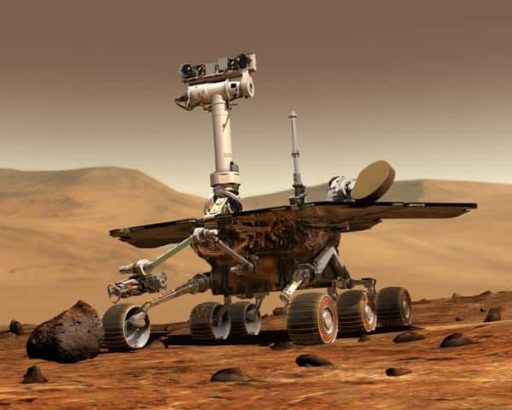On February 11, 2010, NASA launched Solar Dynamics Observatory (SDO), a mission of NASA which will observe the Sun for over five years. More than three years have past since it arrived in the space and within a bit over three years, SDO has taken unlimited pictures of the Sun, showing off its steady increase in activity. Yesterday on April 22, NASA released a video combining three years of images provided by its SDO.
The SDO takes a snapshot of the Sun every 12 seconds, each shot at 10 wavelengths. Each wavelength shows the Sun in a different way. The above image you see is a composite of 25 separate images spanning the period of April 16, 2012, to April 15, 2013. To create this image, SDO AIA wavelength of 171 angstroms has been used, and it reveals the zones on the Sun where active regions are most common during solar cycle.
NASA has made a single 3-minute video by choosing and compiling some images, making it easy to see the gradual increase in solar activity. The video only features two images taken each day over the course of three years. Each image is shown for two frames, and the video has a frame rate of 29.7 fps. Here’s the video for you.
If deeply observed, you’ll notice that the Sun subtly increases and decreases in apparent size in the the video. This is because of the distance between the SDO spacecraft and the Sun varies over time. The images are, however, remarkably consistent and stable despite the fact that SDO orbits the Earth at 6,876 miles per hour (mph) and the Earth orbits the sun at 67,062 miles per hour (mph).
Source: NASA
[ttjad keyword=”dslr-camera”]




